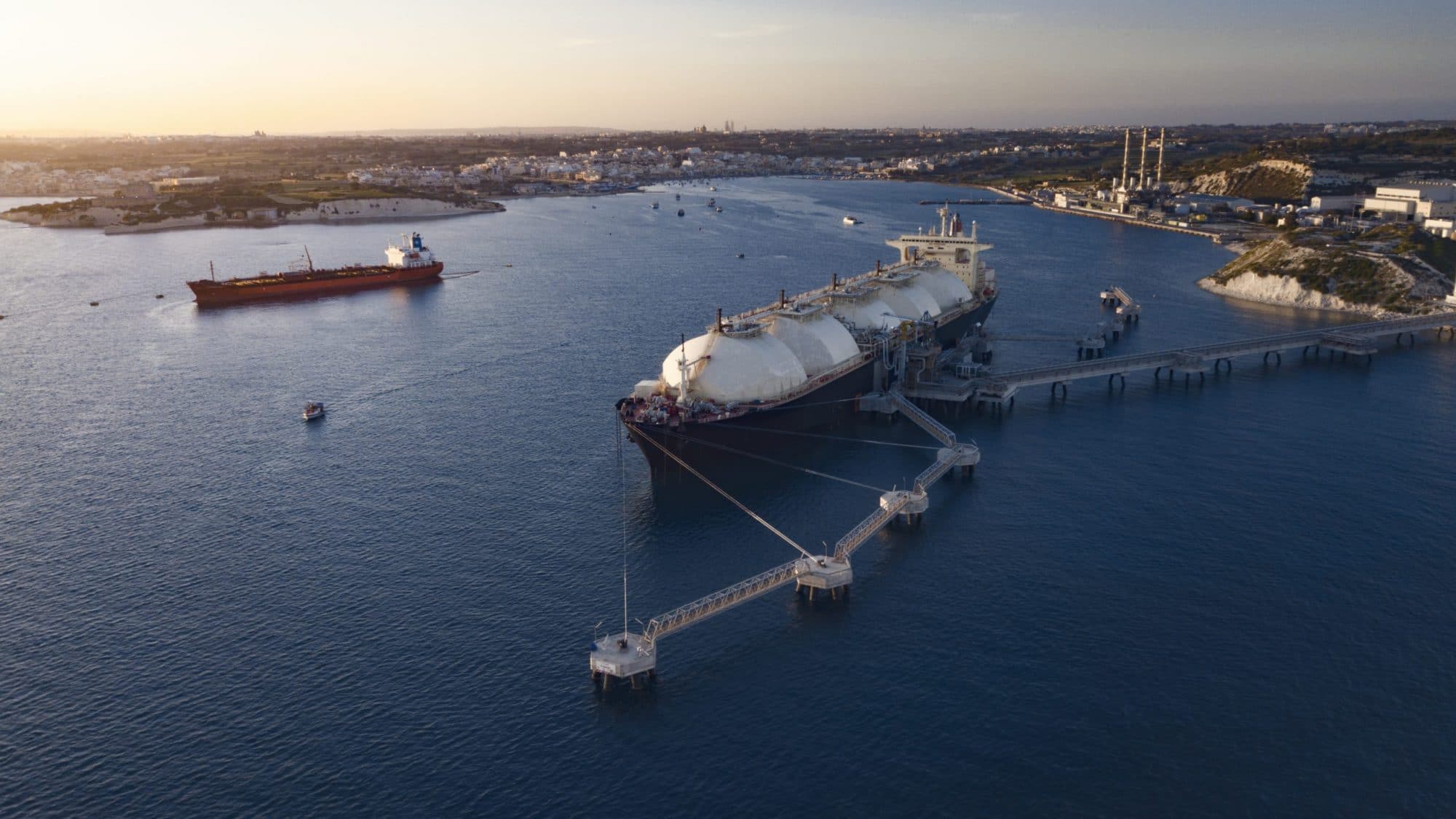By Matthew Costello,CEO, Voyager Portal
The technological gap between new and incumbent LNG traders is rapidly widening, thus creating more risk for new entrants to the LNG trading market.
When the MV Methane Pioneer left the U.S. Gulf Coast in 1959 to transport the first LNG cargo to the UK, software to manage shipments was almost nonexistent – and Telex was the dominant form of international shipping communication.
Fast-forward to 2022 and the LNG industry is considered by many to be one of the safest and most digitally enabled of all sectors of the shipping industry. However, the gap between the incumbents and the new entrants is accelerating, leaving companies exposed to greater commercial and operational risks.
I sat down (virtually) with senior executives representing a large cohort of leading LNG traders, producers, vessel operators, and distributors to discuss the risks associated with shipping physical LNG. After surveying the data and interviews, five common, persistent challenges emerged – regardless of company size.
- Workforce shortages: The LNG market rightfully has an exceptional safety record, much of which is due to the experienced professionals working in it. However, the shortage of LNG professionals and increasing numbers of shipments creates a situation where knowledge-retention and process standardization are increasingly critical.
The loss of a key vessel operator or voyage operator can be costly to the trading operation and dramatically increase the risk of the wrong decisions being made.. In addition there is a steep learning curve for new employees from adjacent commodities like oil, LNG, chemicals or dry.
With the exception of the largest companies, few are leveraging technology to build standard processes, knowledge centers, and best-practice behaviors to counteract workforce shortages. This not only represents a significant risk for the industry, but for new entrants to the LNG market who may not have the in-house knowledge needed when starting up. - Terminal compliance and compatibility: The process of evaluating the suitability of a terminal to handle a ship for the first time remains highly manual for all but a few companies. While databases exist and logic to support automation is available, the frequency of changes to terminals, the addition of new terminals, and the risk of “getting it wrong” mean that most companies still do this manually.
With the growth of the LNG market, many long term commercial agreements are requesting carriers to confirm compliance with terminals that are yet to be built or terminals that may never be called. Opportunities exist for standardization to streamline this process for all parties and as a result, speed up the commercial and operational decision-making process.
- Emissions tracking: LNG ships traditionally have had more advanced systems on board to track emissions. Nonetheless, the growth in spot chartering combined with the need for robust emissions tracking has placed increased pressure to accurately capture, validate, and analyze emissions data at scale.
For most of the companies we spoke to, the greatest challenge remains ensuring the accuracy, reliability and timeliness of the data. - Monitoring vessel delays: Despite regular updates from masters, monitoring vessel delays continue to present challenges for the companies we spoke to. As volatility in the market grows and spot chartering increases, we see opportunities for more sophisticated use of technologies to track variances in ETAs that could risk the vessel not hitting its appropriate load window.
For new entrants in the market with limited manpower and loaded inboxes, this presents a unique opportunity to de-risk operational mishaps and mitigate the follow-on impact to commercial teams. - Tracking contract warranties and deadlines: With more traders, contract optionality, and market volatility, we are seeing cargo ownership change hands on the water with increased frequency. For many traders this means long chains of contractual ownership must be alerted to even small deviations in ETAs, ETD, or other key operational events. When counterparties have long-term relationships the commercial implications of such a miss may be limited. However, as volatility increases in the market and more players emerge, expect to see behavior more akin to the crude oil market and missed deadlines used as commercial leverage.
What can new entrants to the LNG market do to bridge the gap with the incumbents?
- Build for scale early by digitizing best practice workflows and processes to build and retain knowledge early
- Leverage existing, off-the-shelf products to automate manual processes so your team can do more with less
- Partner early with companies on new-horizon challenges like emissions tracking to build knowledge within the company while taking advantage of cutting edge technologies


